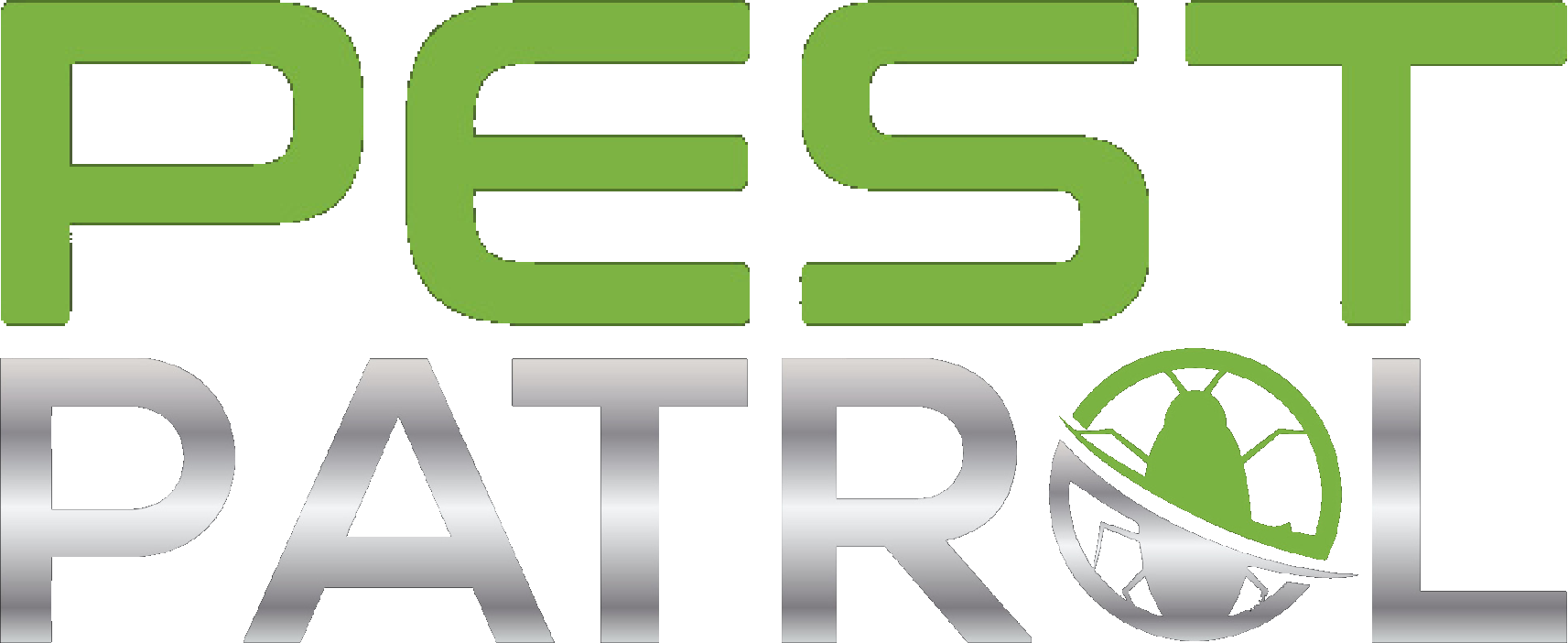In a world where maintaining a clean and safe home is paramount, pest resistant insulation stands as a notable ally. This innovative type of insulation not only provides robust thermal protection but also acts as a formidable barrier against unwanted guests like rodents and insects. By integrating certain insulation materials designed for pest prevention, you enhance your home’s defense system, safeguarding it from potential infestations. The benefits are palpable; reduced noise pollution, lower energy bills, and a home less susceptible to the destructive habits of pests. Whether you’re interested in exploring pest resistant foam insulation or other types, choosing the best insulation for pest control can transform the comfort and security of your living space. Furthermore, learning how to install pest resistant insulation ensures effectiveness, making it a worthy investment for any homeowner seeking added peace of mind.
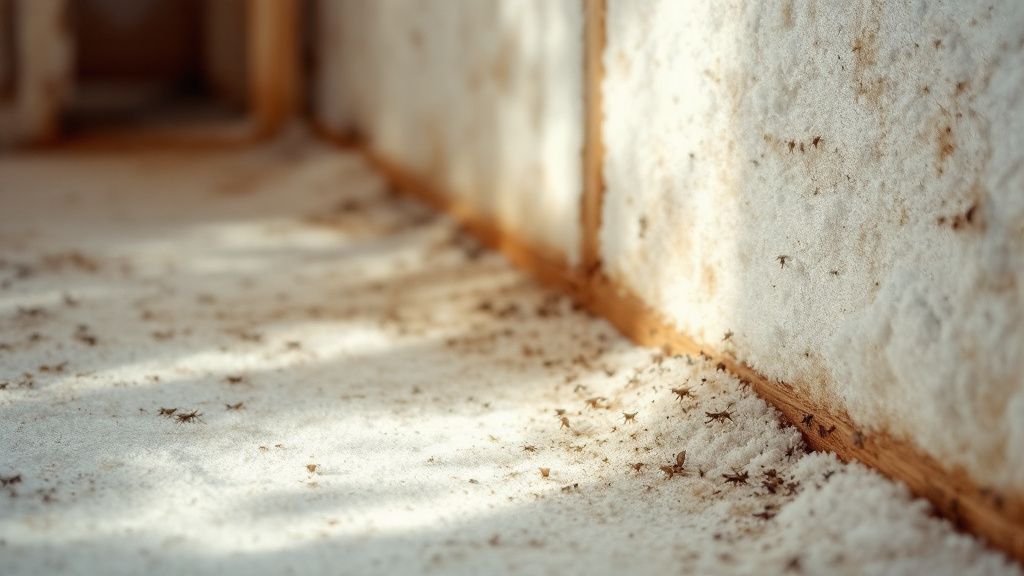
Understanding Pest Resistant Insulation
What makes pest resistant insulation crucial for homeowners concerned about pest infestations? Pest resistant insulation is purposefully designed to deter creatures like rodents, insects, and other pests from making your home their own sanctuary. Comprising specialized insulation materials, it employs natural rodent-repelling ingredients or mechanical barriers that pests find impassable, effectively becoming a first line of defense against unwanted invaders. This sustainable approach not only protects your property but also reduces reliance on chemical pest control methods.
Among the types of pest resistant insulation available, pest resistant foam insulation is gaining traction for its dual benefits of superior thermal performance and pest prevention. By sealing gaps and crevices where pests might enter, foam insulation acts as an impenetrable fortress. This type of insulation provides an energy-efficient solution, ensuring that you maintain comfort in your home while keeping pests at bay. Recognized as one of the best insulation for pest control, it stands out for its versatility and durability.
To understand how to install pest resistant insulation, it’s essential to acknowledge its unique characteristics. Typically, the installation process mirrors standard insulation techniques but requires consideration of specific pest control properties. Proper installation ensures the effectiveness of your insulation in preventing pest invasions, making professional guidance invaluable for homeowners not familiar with insulation installation. A well-executed installation maximizes the pest resistant insulation benefits, contributing to a more secure and efficient household.
The benefits of pest resistant insulation extend beyond mere pest control. By incorporating this specialized insulation type, you not only enhance comfort and energy efficiency but also contribute to a healthier indoor environment. Reduced use of chemical pest repellents means fewer allergens and potentially harmful substances within your living space.
Your choice of insulation materials and the method of installation directly impact the effectiveness of pest control insulation. A strategic installation ensures that all potential entry points for pests are securely sealed. Thus, investing in pest resistant insulation is a proactive measure that offers peace of mind and adds long-term value to your home.

Why Your Home Needs Pest Resistant Insulation
Pest resistant insulation provides your home with a vital layer of protection against troublesome pests. This type of insulation is designed to thwart the entry and nesting of creatures such as rodents and insects, which can cause significant damage to your home and disrupt your peace of mind. The strategic use of pest control insulation not only enhances living conditions but also ensures that your home remains a safe haven.
One of the most frequently asked questions about pest resistant insulation is why it is necessary for homes. The answer lies in its proactive approach to pest management. Instead of relying on reactive measures like traps and pesticides, pest resistant insulation serves as a constant deterrent. By preventing infestations before they begin, it reduces long-term maintenance and repair costs for homeowners.
Among the types of pest resistant insulation, you can consider pest resistant foam insulation for its effectiveness in sealing potential entry points. This form of insulation creates a robust barrier between your living space and the outside environment, blocking pests from gaining access to your home. Investing in this kind of insulation material offers the dual advantage of energy efficiency and pest prevention, making it an essential component of a comprehensive home protection strategy.
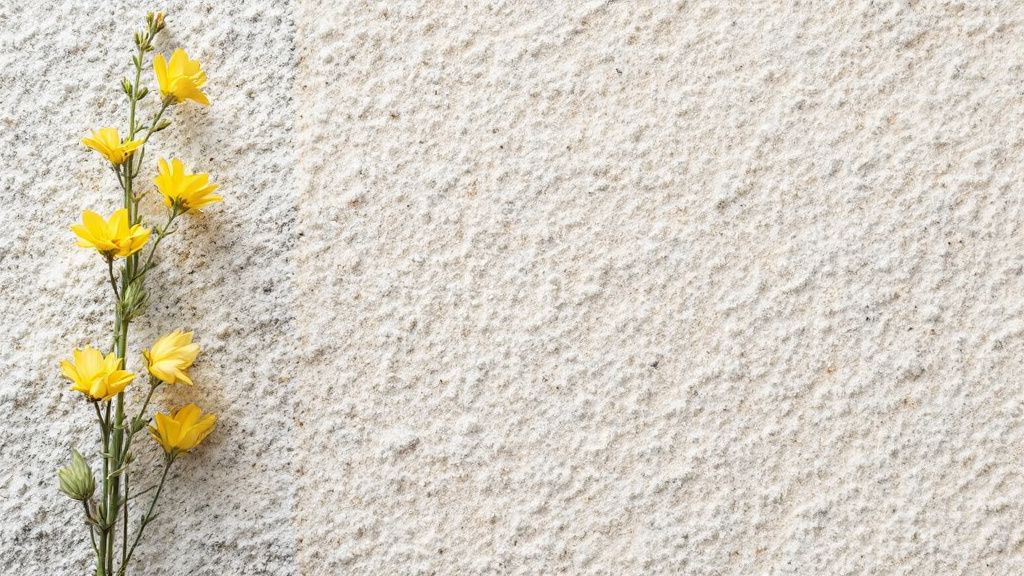
Common Types of Pest Resistant Insulation
Several types of pest resistant insulation can transform your home into a fortress against unwanted pests. One popular choice is cellulose insulation, treated with borates, a natural pest deterrent. This type of insulation offers both sustainability and effectiveness, curbing the intrusion of insects and rodents while improving your home’s thermal efficiency. As a result, it plays a dual role in maintaining comfort and safety.
Pest resistant foam insulation is another effective option, known for its high energy efficiency and ability to seal cracks and gaps comprehensively. Spray foam insulation fills even the tiniest crevices, barring entry to pests determined to infiltrate. Renowned for its durability, this insulation type is a preferred choice among those seeking reliable pest prevention.
In the next few years, advances in pest resistant insulation are likely to incorporate smart technologies, enhancing their capabilities even further. Imagine insulation materials embedded with sensors to detect pest activity, allowing you to respond proactively. Such innovations could redefine pest control insulation, making it an even more critical part of home maintenance. These advancements promise to elevate the standard for the best insulation for pest control, offering homeowners improved ways to protect their properties.
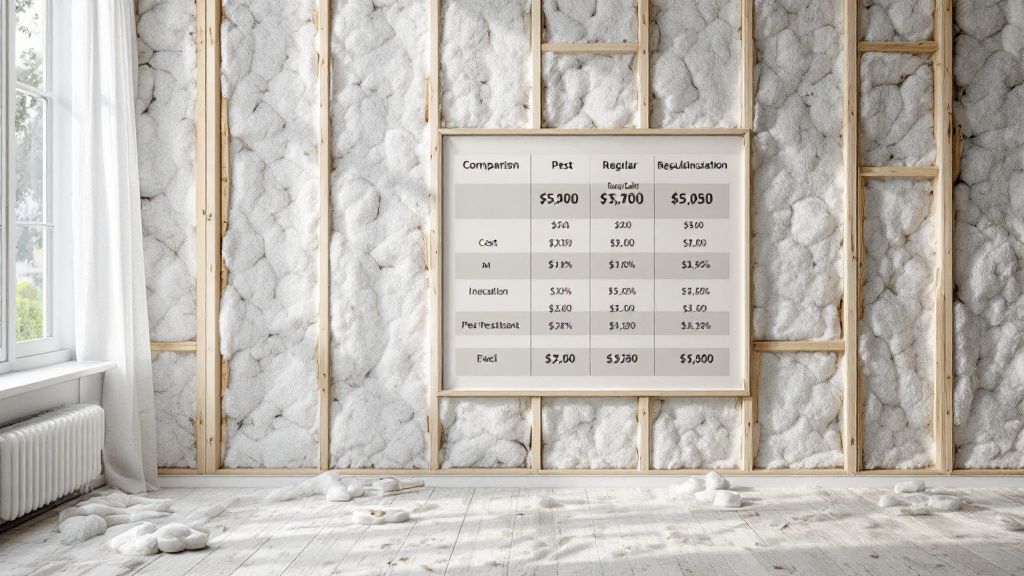
Comparing Costs and Effectiveness
When you consider pest resistant insulation, weighing the costs against its effectiveness is crucial. The initial investment might seem higher compared to standard insulation materials, due to its specialized treatments and advanced technology. However, the long-term savings can be significant. By minimizing pest infestations, you reduce the need for frequent and costly pest control services, making pest control insulation a cost-effective solution over time.
For example, cellulose insulation treated with borates offers excellent pest prevention while remaining relatively affordable. Its natural composition appeals to eco-conscious homeowners, and its pest-resistant qualities eliminate the need for additional chemical treatments. Although the upfront costs might be slightly more than traditional insulation, the investment pays off through decreased maintenance expenses and energy savings.
Pest resistant foam insulation, though initially more expensive, boasts superior performance in sealing gaps, which makes it highly effective in both pest prevention and energy efficiency. The comprehensive barrier provided by foam insulation means fewer repairs and treatments over the lifespan of your home. This type of insulation is particularly beneficial in areas with pervasive pest issues or harsh weather conditions.
Comparing the different types of pest resistant insulation, each comes with unique benefits and cost implications. Whether you opt for foam, cellulose, or another material, the key is to assess your specific pest control requirements and budget constraints. Optimal performance depends on proper installation, so professional installation is recommended to ensure you maximize the pest resistant insulation benefits.
Choosing the best insulation for pest control not only enhances your home’s safety but can also increase its resale value. Homebuyers often seek properties with advanced pest prevention methods in place, recognizing the value of long-term peace of mind. Consequently, investing in effective insulation is an investment in the future of your home.
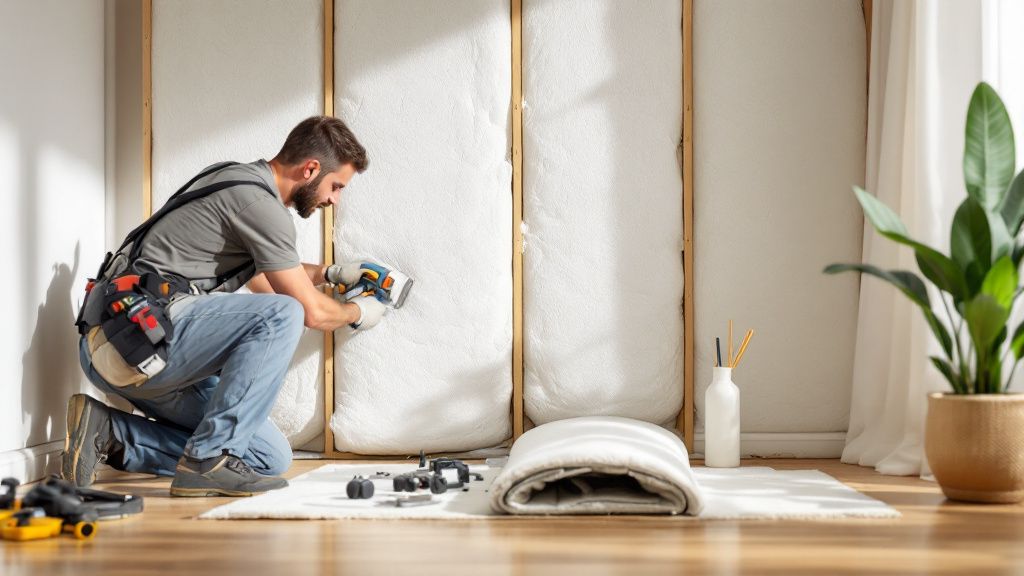
Installation Guide: Pest Resistant Insulation
Proper installation of pest resistant insulation is critical to ensure your home is adequately protected. One of the challenges in achieving effective pest prevention is ensuring complete coverage of insulation without leaving gaps for pests to exploit. This issue can be addressed through meticulous installation, involving careful attention to detail and potential professional assistance. Installing insulation materials like pest resistant foam insulation requires sealing all crevices thoroughly, forming an impenetrable barrier against pests.
During the installation process, understanding how to install pest resistant insulation can make a major difference in effectiveness. Begin by inspecting the areas where insulation will be applied, identifying existing openings and vulnerabilities. Whether you’re using spray foam or cellulose, the insulation should be evenly distributed to prevent weak spots. For intricate installations, hiring experienced professionals can guarantee that every step adheres to guidelines, maximizing the pest resistant insulation benefits and promoting long-term energy efficiency.
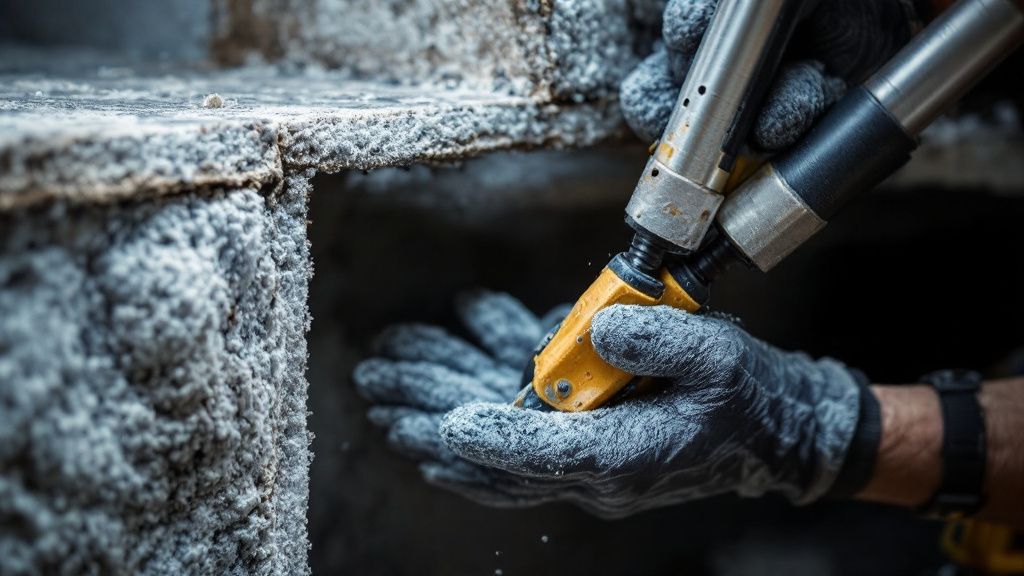
Maintenance Tips for Prolonging Insulation Life
Regular maintenance is key to extending the life of your pest resistant insulation. While many believe that once installed, insulation requires little attention, there’s a strong case for regular inspection and upkeep. Conducting routine checks can help you detect any emerging issues, such as moisture buildup or pest activity, that could compromise the integrity of your insulation materials.
It’s essential to monitor for signs of wear or damage in your pest control insulation. Look for any gaps or cracks that may develop over time, especially with pest resistant foam insulation. Prompt repairs ensure that the insulation remains effective in its dual role of pest prevention and energy efficiency, maintaining the protective barrier you rely on.
Consider additional measures like installing moisture barriers to prevent mold and dampness, which can erode insulation. Keeping the area well-ventilated can also stave off conditions that promote pest intrusion. Emphasizing proper ventilation not only protects the insulation but also improves overall air quality.
Adhering to these maintenance practices optimizes your pest resistant insulation’s performance. The benefits, such as lower energy costs and reduced pest issues, are best preserved through diligent care of your insulation system.
